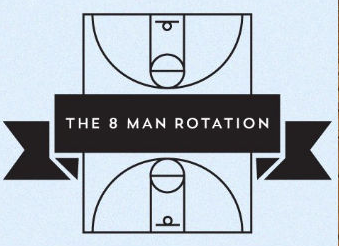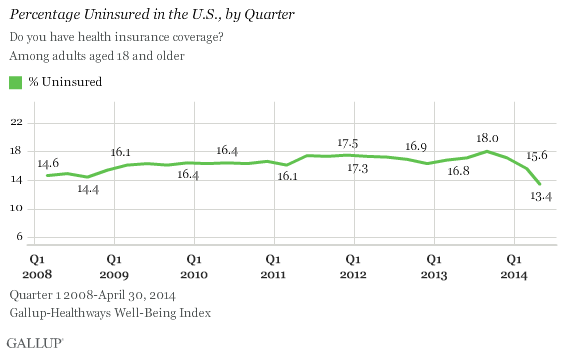On ZOPA and striking first in negotiations
Meandering through the internet on a long cross-country flight yesterday, and I came across a piece on the Harvard Law blog from 2011 (I know, in internet years that sounds like 1924, but hang with me on this), about the concept of anchors in negotitations and something called the ZOPA, or the Zone of Possible Agreement.
You should check out the piece from 2011, as it really does a great job of debunking a pretty common perception when it comes to power dynamics in negotiations: namely that the person who puts the first offer on the table puts him/herself in a position of weakness. Obviously I have not read ALL the terabytes of salary negotiation advice that has been written, but I feel like the wide majority of said advice for the candidate counsels them to avoid putting an actual salary number on the table, as it reduces their further negotiating power. Once they set a number like, "I would like $89,000 in salary", then the only place the negotiation can proceed is down (in terms of that number).
But as the Harvard piece points out, that starting number (whomever puts it out there), sets an effective anchor on the rest of the negotiation. Here is the gist of the argument around anchors and the ZOPA from the piece:
It is desirable to anchor first in many negotiations, for several reasons. In negotiation, you are trying to both learn about the zone of possible agreement(ZOPA) and influence the other side’s perception of the ZOPA. While advance research can help you reduce your uncertainty about the ZOPA, you typically will have more to learn about the ZOPA once talks begin. As such, you will be vulnerable to being anchored. Therefore, anchoring first in price-oriented negotiations can be both good offense and good defense.
An overly aggressive offer, however, risks derailing negotiations if it causes the other side to question your credibility or to wonder whether agreement is even possible. Because it is hard to know what your counterpart will view as absurd, anchoring with a relatively inflexible, extreme offer increases the probability of reaching a stalemate. Anchoring instead with a flexible but extreme offer gives you a lower-risk opportunity to favorably shape your counterpart’s perceptions of the ZOPA.
Additional research done by Adam Galinksy at Northwestern University backs up the Harvard findings. According to Galinsky:
My own research also shows that the probability of making a first offer is related to one's confidence and sense of control at the bargaining table. Those who lack power, either due to a negotiation's structure or a lack of available alternatives, are less inclined to make a first offer. Power and confidence result in better outcomes because they lead negotiators to make the first offer. In addition, the amount of the first offer affects the outcome, with more aggressive or extreme first offers leading to a better outcome for the person who made the offer. Initial offers better predict final settlement prices than subsequent concessionary behaviors do.
So it seems pretty clear, if you find yourself in a salary/bonus/some other type of compensation negotiation with your employer, seizing the upper hand by putting the first, aggressive number on the table is likely to lead to the best outcome from your perspective.
It almost seems similar to the advantage the serving player has in a tennis point - every subsequent shot of the rally is influenced and impacted by that first serve.
And it seems in salary negotiations, as in tennis, it's better to be the one serving.
Have a great week!

 Steve
Steve


